The Pagoda Is the Quintessential Classic Mercedes
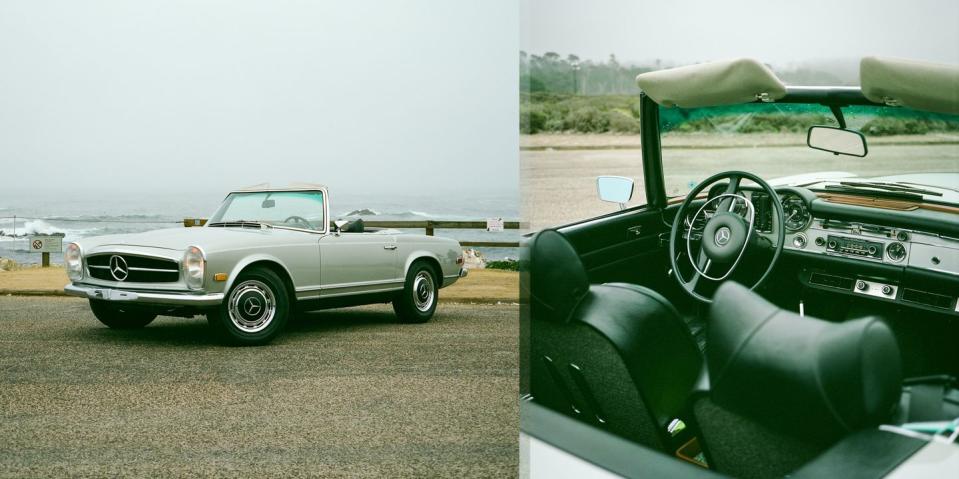
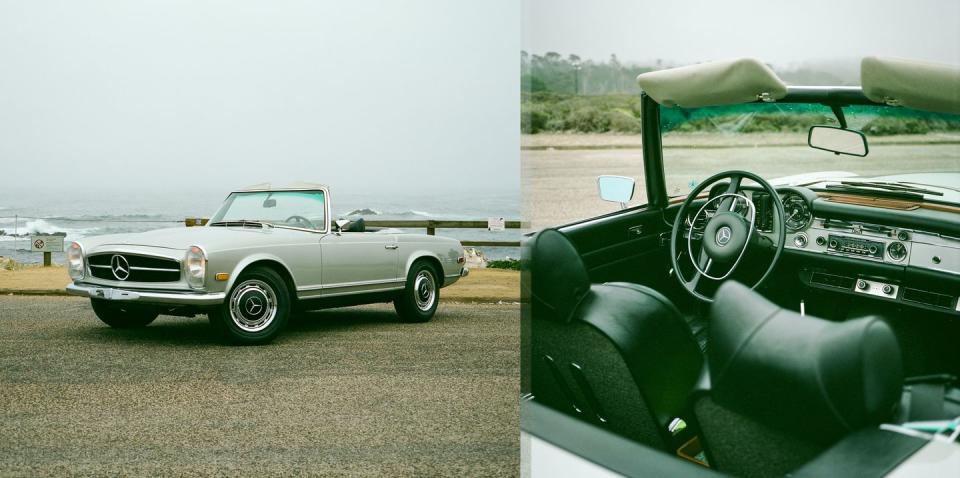
Mercedes passenger cars from the automaker's golden era—the Fifties until the mid-Nineties—are curious when viewed through a modern lens. Expensive, not particularly well-equipped, nor particularly fast, and almost austere to some eyes. They're also some of the finest cars ever made. Experiencing a "Pagoda" SL, even for a brief drive will leave you convinced.
The Pagoda, chassis code W113, was a replacement of sorts for both the cute-but-vastly-underpowered 190SL and the race-ready 300SL. More than those early icons, the W113 set the template for all future generations of SL, that of a fast, sporty, open-top GT. This is a 1968 280SL, the last, most powerful iteration of the SL, and being owned by the Mercedes-Benz Classic Center it was an excellent example, as you'd expect. On Monterey, California's scenic 17 Mile Drive, winding along the Pacific coast, it's hard to imagine a more elegant car.
In its day, the SL competed with the Jaguar E-Type, Porsche 911, and the Chevrolet Corvette. I've never driven a Sixties Corvette, but I have spent time in a '67 E-Type and a number of 911s from the period, and the Pagoda feels far more modern and refined. A look at its mechanical specification makes it obvious why.
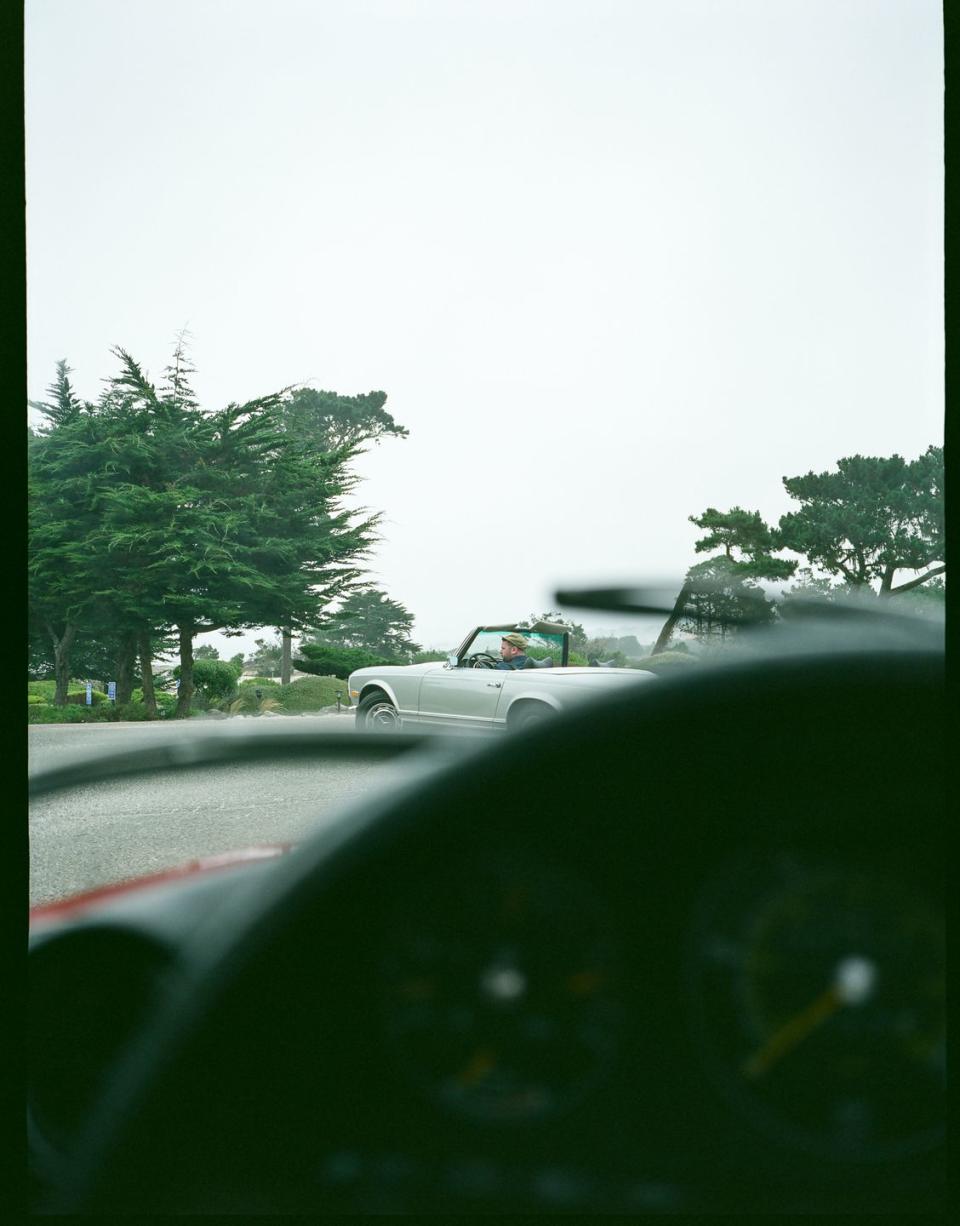
Like the "Fintail'' W111 and W112 sedans it was based on, the Pagoda is one of the first cars based around a passenger safety cell with deformable crumple zones. This was the work of Béla Barényi, a safety-obsessed Mercedes engineer whom the Automotive Hall of Fame dubbed the "father of passive safety." According to a Mercedes biography, the Austrian came up with the idea for a motor vehicle with crumple zones in the Thirties and was awarded a patent for this design 1937. Even in a Sixties car, it was revolutionary, though it is commonplace today. The W113 also featured a hard top with a concave roof, which gave the car its nickname, but also provided increased structural rigidity.
Even with the top removed, the Pagoda feels remarkably rigid for a convertible of this vintage, and the four-wheel independent suspension—double wishbones up front, swing axles at the rear—give an excellent ride and handling compromise. In our June 1963 road test of the 230SL, we marveled at the optional power steering for its precision and low effort, and the steering in this 280SL is still excellent by today's standards. It must've been a revelation in period. The automatic transmission perhaps a little less so. As is typical of older Mercedes, it starts in 2nd gear unless you give it the boot, and there's a big clunk every time you shift into reverse. Still, the transmission allows you to drive in a fairly sporty manner, if you use the lever to instigate downshifts well before arriving at a corner. It suits the sporty, but not frenetic character of the SL perfectly. It is the ideal GT car.
What really took me by surprise was the engine. Like all Pagodas, the 280's straight-six is fit with Bosch mechanical fuel injection and it provides smooth, effortless power. This Pagoda is surprisingly quick despite having over 3100 pounds of steel to push around. Heavy by the standards of the day, though far lighter than any other SL since. The sound the 'six makes as it crests 3500 rpm, is delectable. As a consequence, you find yourself wanting to push just a little harder, drive a little faster than prudent if only to enjoy it more. While the Pagoda is more luxury than sport, the engine and chassis always goad you along. It's a car that wants to be driven at a brisk pace, if not hustled. It's beautifully engaging in its own unique way.
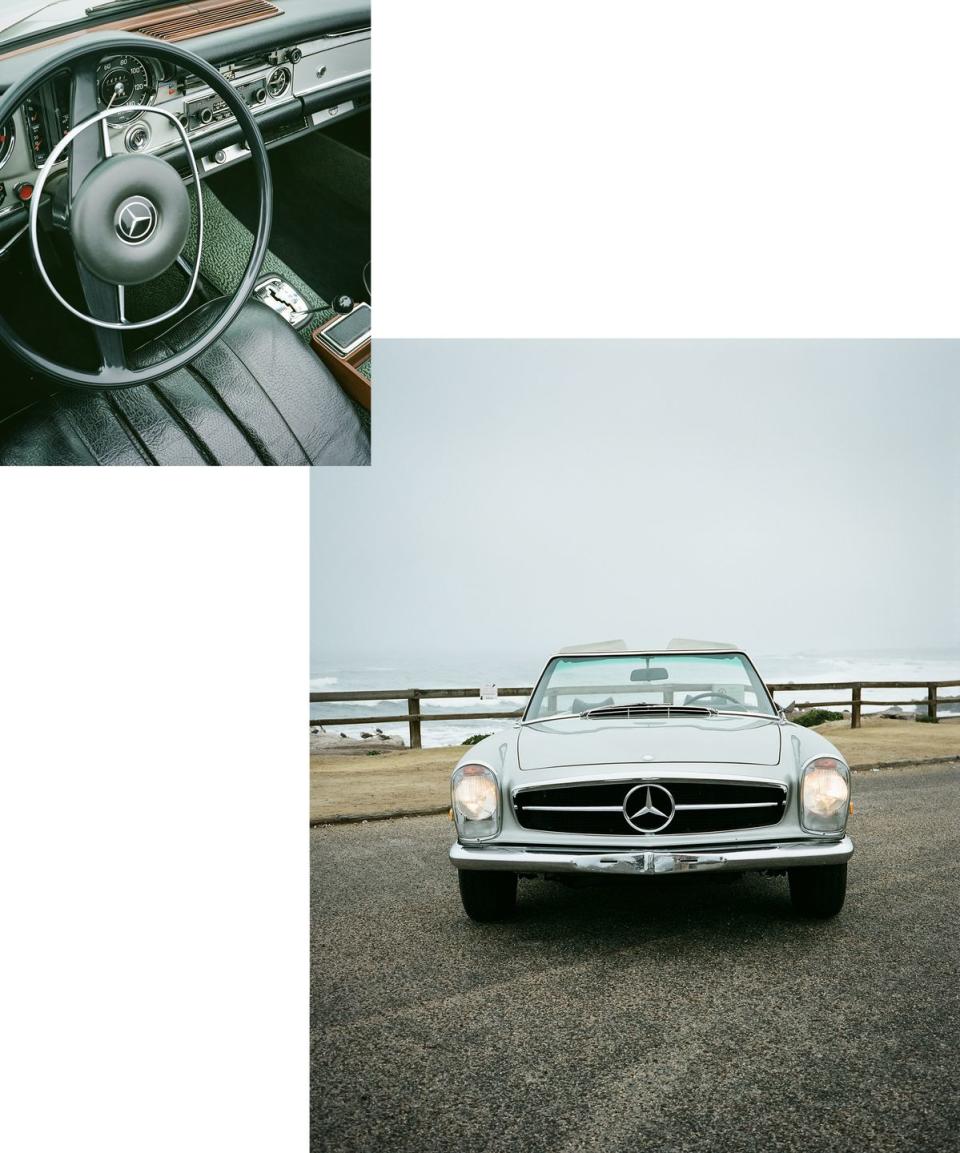
Naturally, the interior is well trimmed and the whole car has that solid feel you expect from a Mercedes. Even with the top down and windows lowered, the door shuts with a rattle-free clink. There's a sense of quality with all the controls and switchgear that a modern Mercedes just can't match, and the restrained dashboard makes us wish screens never found their way into our cars. There were also nods to safety—the 280SL came standard with three-point seatbelts, a padded dashboard, and a deformable steering column, another Barényi innovation.
Then, there's the matter of how it looks. It is a perfect example of the style chief designer Paul Bracq devised for Mercedes cars of this era. Simple, luxurious, yet unpretentious. The windshield is surprisingly upright for a sports car, and the beltline is low, giving great visibility and very different proportions to other cars of its day and even the current SL. You can see how it looks plain in comparison to an E-Type, but this was the Mercedes way—the design should be clean and functional. Today, it's strikingly understated.
The subheading for our August, 1968 road test of the 280SL reads simply, "for those who value engineering finesse and high quality construction, it's alone in the field." Even with 50-plus-years of hindsight, those words still ring true. Nothing else this old drives in such a contemporary manner. I love E-Types and 2-liter 911s, yet this car feels like it was made a decade later.
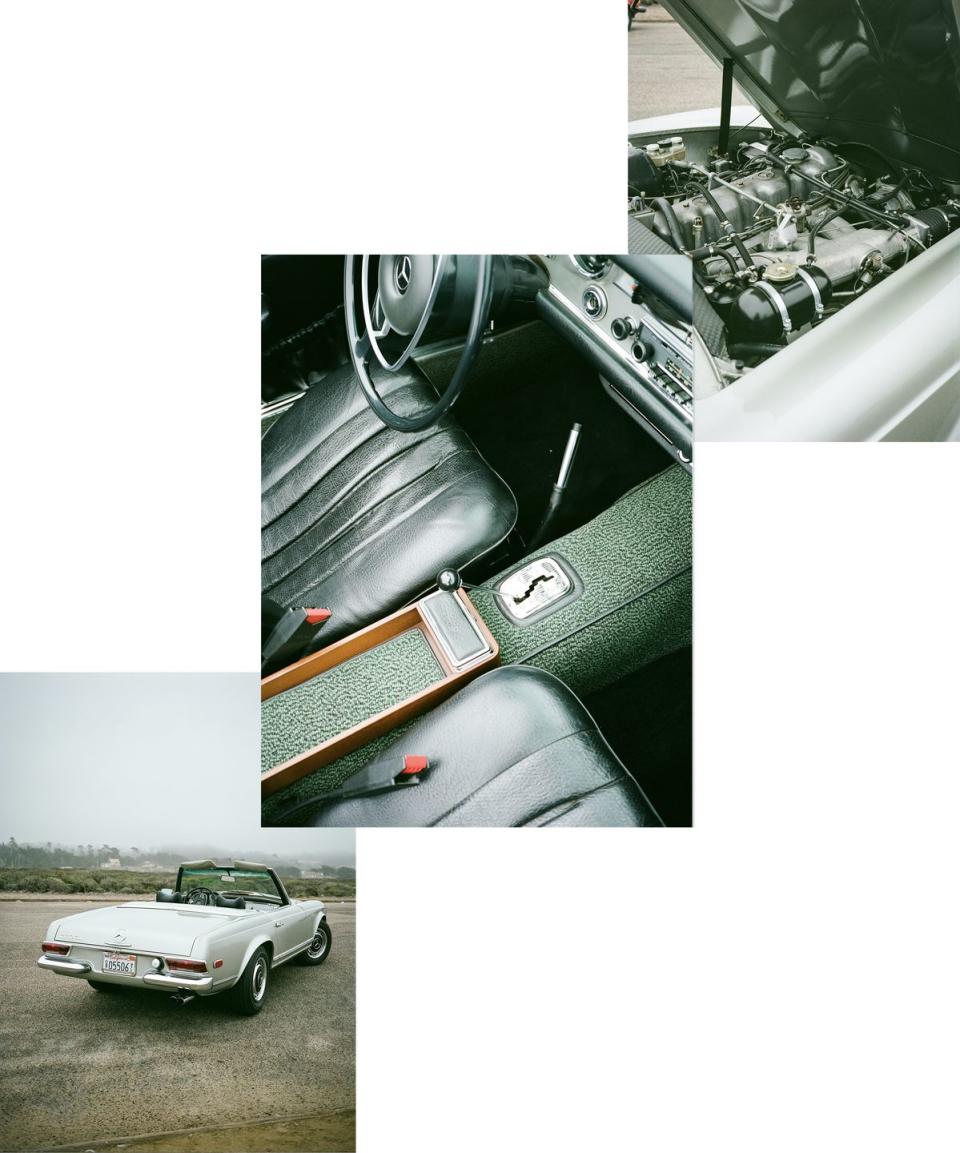
Today, it's easy to see why publications like ours fawned over the Pagoda, even if on paper, it wasn't a particularly great rival to other sports cars. The same is true with other Mercedes models of the golden era. They were almost extravagant in their price, and a lot of that is owed to exchange rates and inefficient manufacturing practices, yet you drive the car and it all just makes sense. It's an exquisite piece of engineering and design. Why wouldn't it be expensive?
If you're still not convinced, drive one. It won't take you long to come around.

You Might Also Like

 Yahoo Autos
Yahoo Autos 